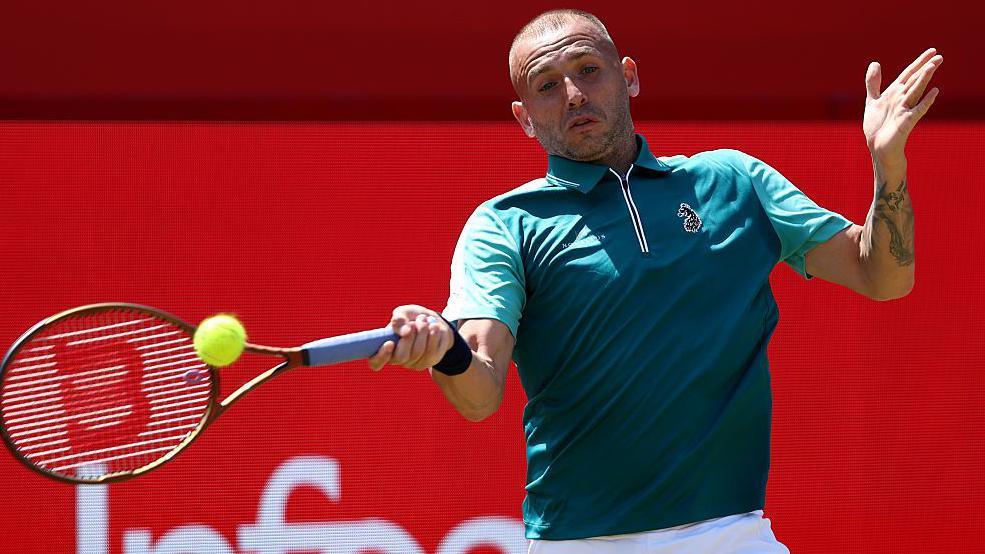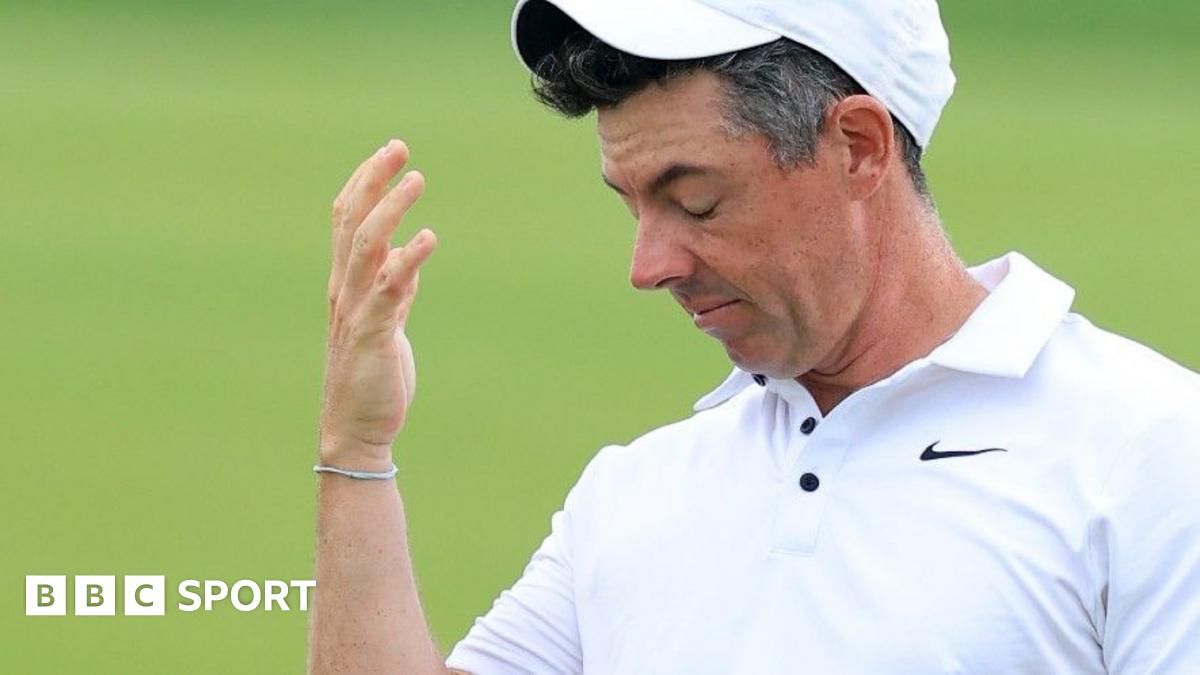Pakistan has closed all its border crossings with Iran for an indefinite period as travel continues to be heavily disrupted by the intensifying conflict between Israel and Iran, and airspace in the region has also been impacted with missiles flying through neighbouring countries in both directions.
Crossing into Iran “has been suspended until further notice”, Atta ul Munim, an official at one of the crossings in Pakistan’s Chaghi district, said on Monday. Qadir Bakhsh Pirkani, a senior official in Balochistan province, told the AFP news agency that border facilities along the more than 900km (560-mile) border have been shut.
Iranian airspace has been closed as it counters Israel’s attacks. The Civil Aviation Authority said Iran’s airspace would remain closed “until further notice” to “protect the safety of passengers”.
Israel’s Ben Gurion International Airport remained closed “until further notice”. The Israeli flag carrier El Al Airlines said it has suspended all flights until at least Thursday with additional cancellations to many European cities extending to June 23.
However, three land border crossings between Israel and Jordan – the Jordan River, the King Hussein (Allenby) Bridge and the Yitzhak Rabin crossings – remained functional.
The Israeli National Security Council advised its citizens to avoid travelling through Jordan and Egypt because of security risks. The Israel Airports Authority also said there was “no recommendation” for Israelis to travel to Greece or Cyprus because “passengers can expect to wait for days until a return flight is actually possible.”
Jordan on Sunday announced the closure of its airspace for a second time since Israel launched its surprise assault on Iran on Friday. Amman said the Jordanian military had intercepted some ballistic missiles that had entered Jordanian airspace.
Several countries were preparing to evacuate their nationals from the conflict zone. Poland’s deputy foreign minister said it planned to route about 200 of its citizens visiting Israel through Jordan’s capital.
India said its diplomats were helping some Indian students relocate out of harm’s way in Iran. “The Indian Embassy in Tehran is continuously monitoring the security situation and engaging Indian students in Iran to ensure their safety,” a Ministry of External Affairs statement said.
“In some cases, students are being relocated with [the] Embassy’s facilitation to safer places within Iran,” it added.
Several airlines have announced flight suspensions. Russia’s Aeroflot cancelled flights between Moscow and Tehran and made changes to other routes in the Middle East. Qatar Airways said it had temporarily cancelled flights to and from Iran, Iraq and Syria.






